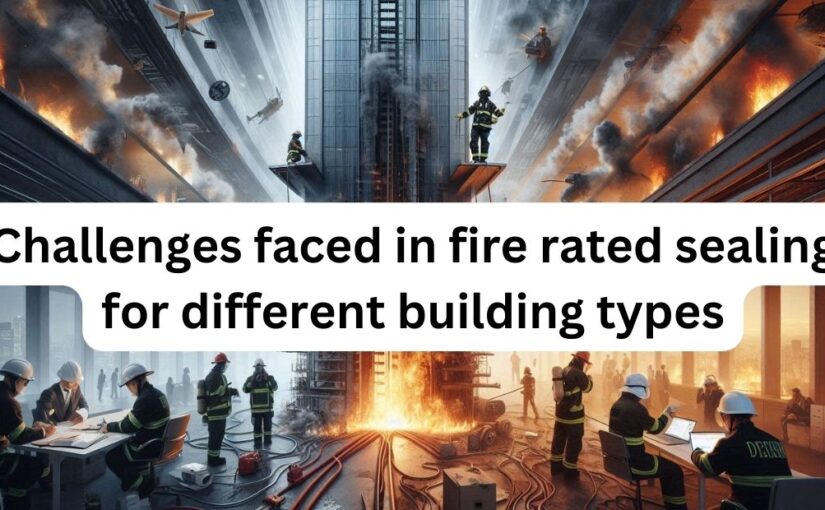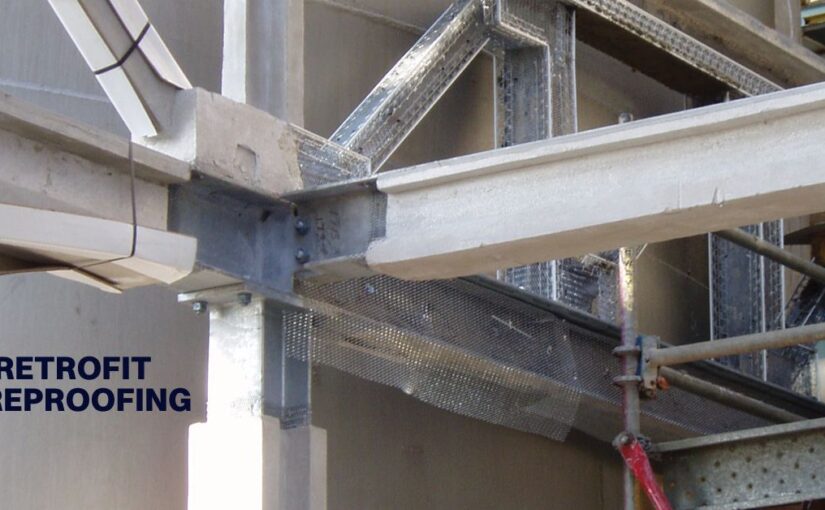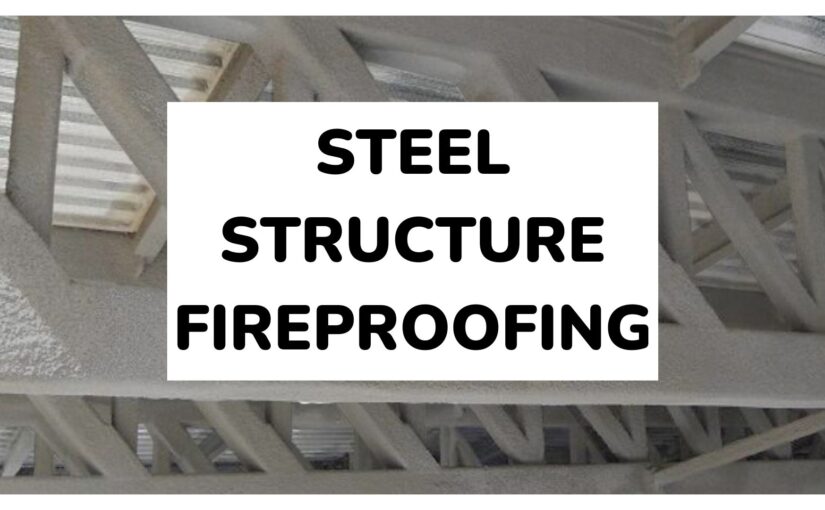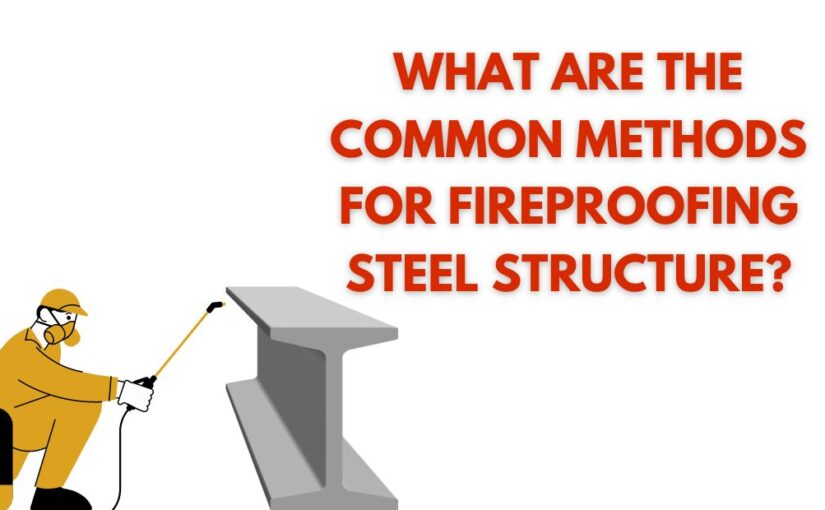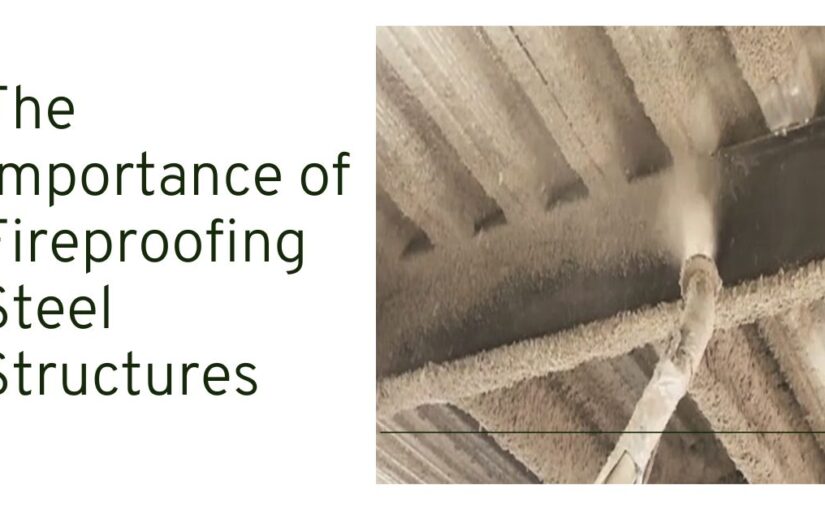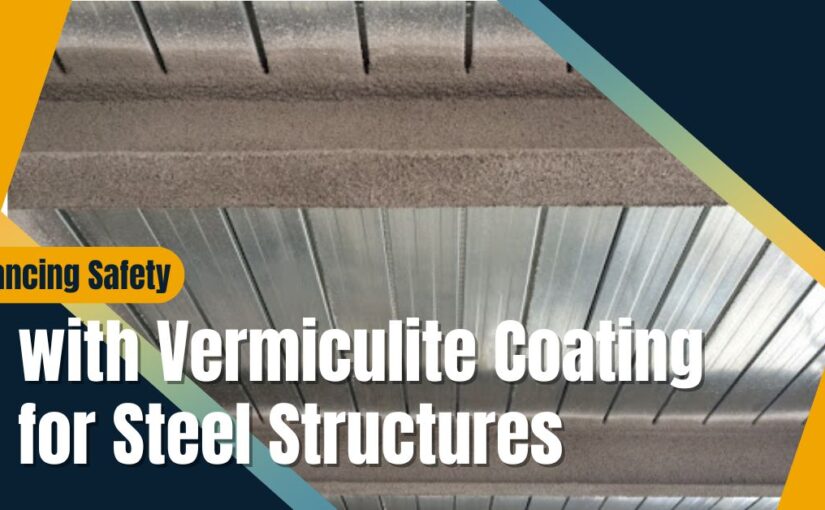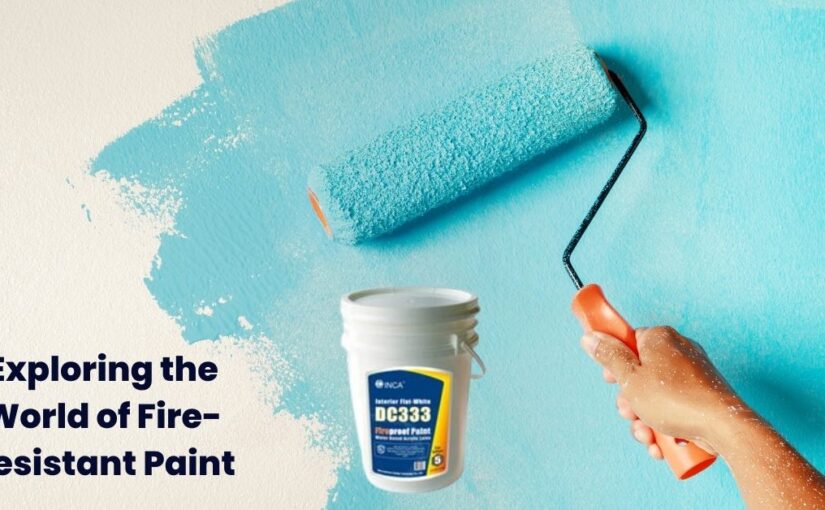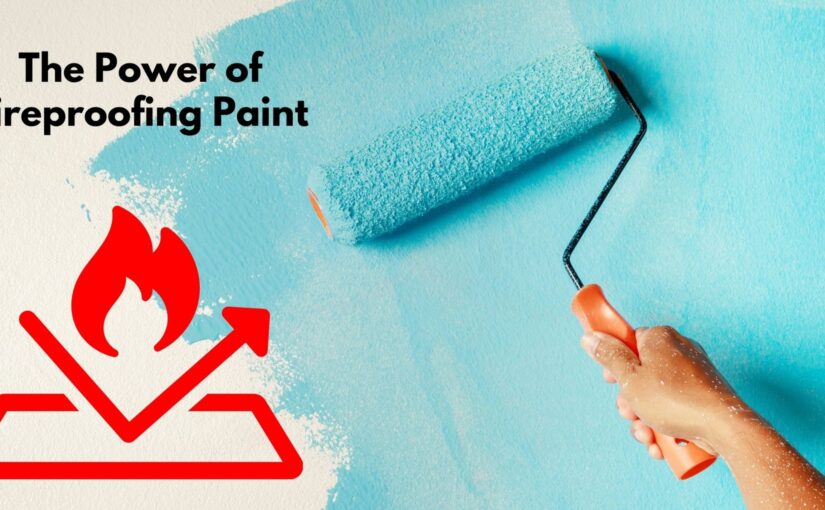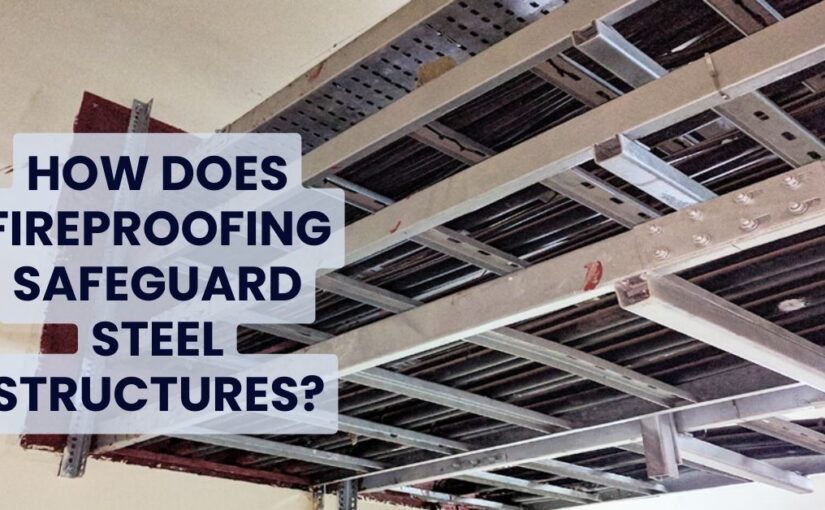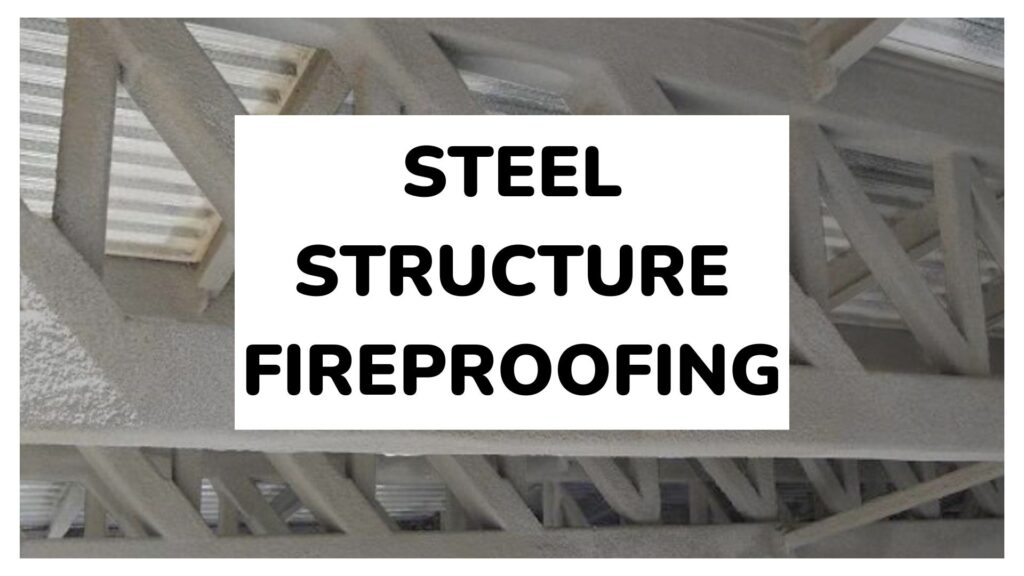Joint fire rates sealing is an important aspect of building safety that involves the use of specialized materials and methods that prevent the spread of fire and smoke between various sections of a building.
Implementing an effective fire rated sealing can be challenging when dealing with different types of buildings. Every building residential, commercial and industrial has their own set of challenges and needs that must be addressed to ensure optimal safety and compliance with fire safety regulations.
Let us explore the challenges faced in fire rated sealing by different building types-
- Residential buildings: The variety of pathways through which the fire spreads is one of the significant challenges in residential buildings like apartments and condominiums. These include gaps around the doors, windows, and through penetrations for plumbing and electrical services. Achieving a comprehensive fire stop system; is challenging because of the complicated layouts and the need for customization in sealing solutions. Also, maintaining the aesthetic integrity of interiors while installing fire stop system is a great challenge. The residents may not be aware of maintaining these systems leading to degradation over time if sealants are painted over or tampered with.
- Commercial building: Commercial buildings like offices and shopping malls are larger and have complex architectural designs as compared with the residential buildings. The scale and diversity of fire proofing is the main challenge here. The areas like server rooms, electrical room, and spaces with high volumes of cables need specialized joint and expansion sealant that can accommodate higher fire ratings. Also it is important to integrate the fire safety methods without disrupting business operations or limiting accessibility is also important. Another challenge is to ensure that fire rated seals are properly maintained and inspected regularly in high-traffic environments.
- Industrial facilities: Industrial facilities including factories and warehouses present unique challenges because of presence of harmful materials and large open spaces. It is important to have robust fire rated sealant to handle intense fire and also resist chemical exposures or extreme conditions. The complexity of machinery and piping systems require custom engineered fire stop solutions. Other challenges in industrial facilities are ensuring worker safety, educating about fire risks and maintaining fire stop integrity in these harsh environments.
- Heritage buildings: Because of their historical significance and materials used in the construction, these buildings have their own set of challenges. These buildings are not designed with modern fire safety technologies in mind. Integrating fire rated sealing without compromising the structural integrity or historical value is a delicate task. It is important to use non-intrusive and reversible fire stop solutions that can be adapted to these aged structures. Compliance with both fire safety and preservation of heritage standards require innovative materials and approaches.
What are solutions to the above challenges?
It is important that the building owners, contractors and safety consultants to work closely with certified fire safety engineers who can design and implement effective fire rating sealing systems customized to each building type.
The stakeholders need to be trained regularly so that they can understand the importance of maintaining these systems. With careful planning, expert guidance and adherence to safety norms the challenges can be overcome ensuring buildings are safe and compliant with fire safety regulations.
FAQs
- What challenge does fire rated sealing have in residential buildings?
The main challenge is to manage the diverse pathways for fire spread like gaps around the doors and penetrations for utilities while maintaining aesthetics integrity. - How to overcome the challenges of fire rated sealing in different building types?
To overcome the challenges, it is important to collaborate with fire safety engineers for tailored solutions and ensure regular maintenance and stakeholder education. - Do the structural challenges of buildings possess threat to fire safety solutions?
Yes, structural challenges of buildings can pose significantly threats to fire safety solutions, calling for customized approach for effective implementation.

